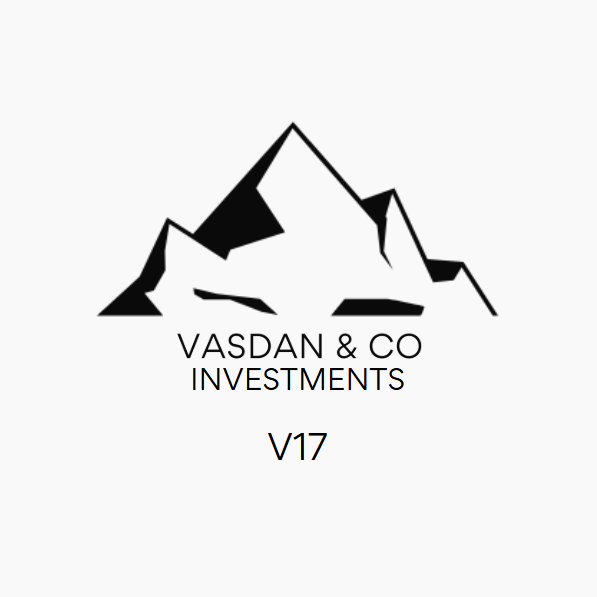Getting Started with Forex Trading: A Beginner's Guide

Introduction
Welcome to the Vasdan & Co blog, where our mission is to assist both beginners and experienced traders in navigating the world of forex trading. In this comprehensive post, we'll explore the fundamental concepts essential for successful forex trading, while also highlighting insights that apply to various trading markets.
Understanding the Basics
Trading is about buying and selling financial instruments to profit from market price changes. Whether you're interested in stocks, commodities, or options, the basic principles apply universally. For those focusing on forex trading, it involves understanding currency pairs, exchange rate dynamics, and the factors influencing the global forex markets.
Risk Management
Effective risk management is a crucial aspect of trading success. Consider using a stop-loss order to limit losses when market conditions become uncertain. Position sizing plays a key role in determining how much capital to allocate to each trade, aligning with your risk tolerance and overall portfolio size. The risk-reward ratio is another essential tool, helping you balance potential rewards and calculated risks in your trading strategy.
Setting Goals
Your journey into forex trading starts with clear objectives. Are you looking for short-term profits or long-term investments in the currency market? These goals form the foundation of your trading strategy, culminating in a personalized trading plan outlining your approach, risk tolerance, and objectives.
Choosing the Right Assets
While forex trading is our focus, it's important to understand diversification across asset classes, including stocks, commodities, and options. Each asset class offers different risk-reward profiles, allowing traders to diversify their portfolios effectively.
Technical vs. Fundamental Analysis
In forex trading, you'll encounter two primary approaches: technical analysis and fundamental analysis. Technical analysis involves studying price charts, patterns, and indicators to make predictions. Fundamental analysis, on the other hand, evaluates currency values based on economic data, geopolitical events, and central bank policies. Knowing when to use each method is crucial, but if you can use both simultaneously that will provide the highest probability setups.
Starting Your Forex Journey
To begin your forex trading journey, select a reputable forex broker offering a variety of currency pairs, competitive fees, and reliable customer support. Practice your trading strategies through demo trading to gain experience without risking real money.
Charting with TradingView and Staying Updated with Forex Factory
For market analysis, consider using TradingView, a free platform known for its chart analysis capabilities. It helps traders visualize and analyze forex charts effectively. Additionally, Forex Factory is a valuable resource for monitoring economic news releases, which can have a significant impact on currency markets.
Conclusion
In the complex world of forex trading, knowledge is your greatest asset. With a deep understanding of these fundamental concepts, you'll be well-equipped to navigate the dynamic forex landscape confidently. Remember that forex trading is an ongoing learning process, and we're here to support you throughout your journey.
If you're interested in diving deeper into forex trading, our mentorship program is designed to provide in-depth education, multiple strategies, and personalized guidance tailored to your trading preferences. We invite you to join us and embark on this rewarding journey.



